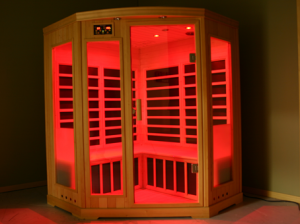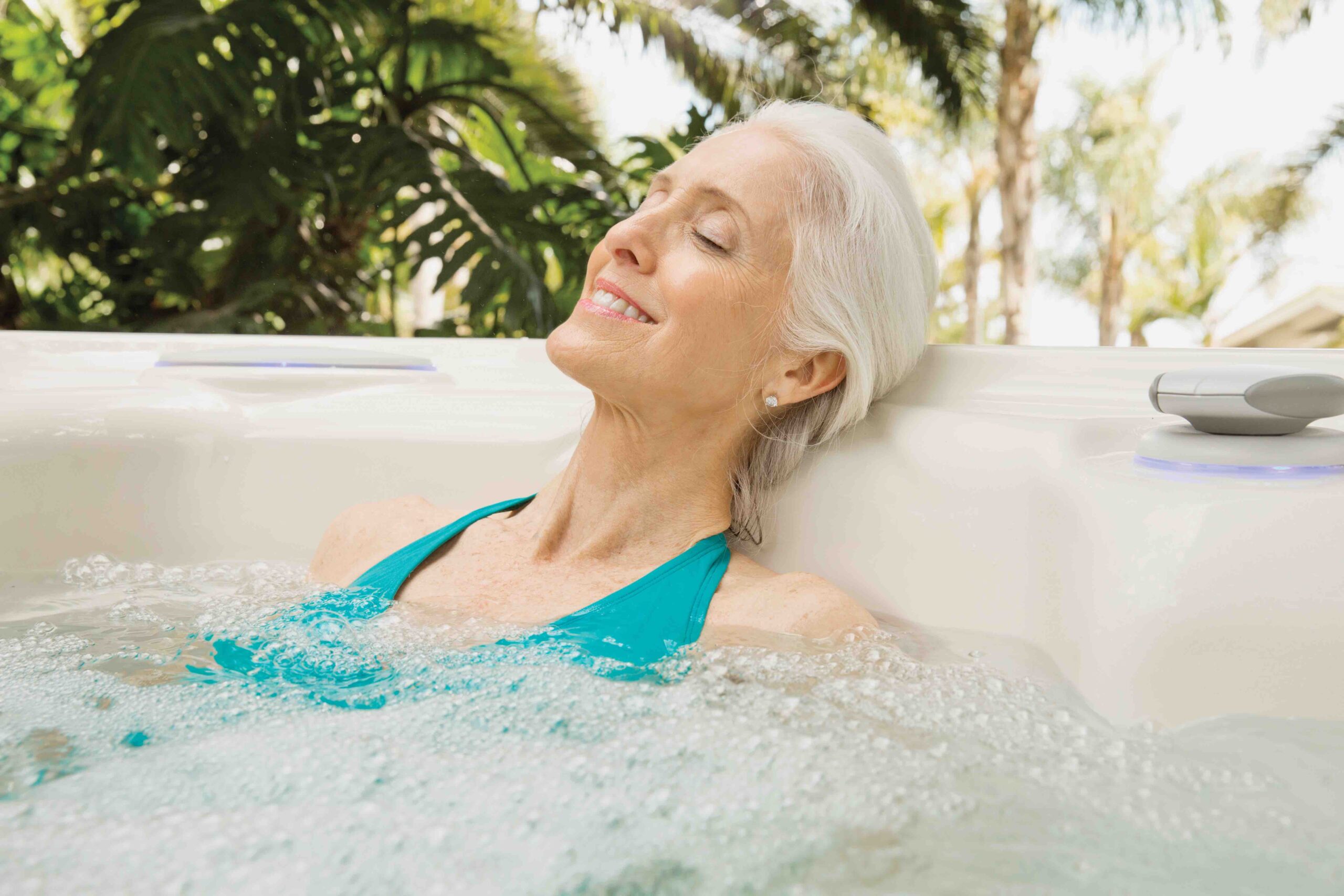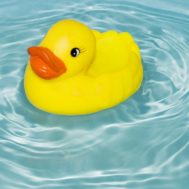
Suffer From Seasonal Affective Disorder (S.A.D.)? Get Fast Relief With Light Therapy

If you feel like heading back to bed and suffer from depression, it maybe that you have SAD. Seasonal affective disorder, or SAD, affects an estimated 6% of Americans, causing depression, lethargy, irritability and a desire to avoid social situations.
It can also create an urge to overeat, particularly carbohydrates. As many as 15% of people in the U.S. may have a milder version that includes only some of these symptoms. The incidence rises along with the distance from the equator: Roughly 8% of Canadians, 10% of Britons and as many as 20% of Scandinavians suffer from SAD this time of year. So calculate that at least 15% of Seattleites suffer from SAD.
Despite decades of study, experts still aren’t sure exactly what causes SAD, which is officially recognized as a form of major depression that lessens in spring and summer. The seasonal and geographic patterns provide strong clues that it’s related to the diminishing daylight in the fall and winter.
One theory suggests that the reduced light disrupts peoples’ circadian rhythms, the 24-hour biological clock that governs waking, sleeping and many other body functions. Another theory holds that the darkness wreaks havoc with neurotransmitters-brain chemicals that affect mood. Some experts believe the reduced sun exacerbates vitamin D deficiencies. It may also be that SAD has several different causes.
There are other mysteries, too. Why do SAD symptoms tend to peak in January and February, even though days are lengthening by then? Why does it hit most prominently between the ages of 18 and 30, and why are women three times as likely as men to be affected? The incidence of SAD is also surprisingly low in Iceland, where the homogeneous population leads experts to surmise that genetic factors may also play a role.
Some people who have symptoms of SAD don’t recognize them as part of a disorder. “Most people with winter depression blame themselves, or attribute it to something else-to not liking the cold or bad family experiences at Christmas time, or school or work stress,” says Michael Terman, director of the Center for Light Treatment and Biological Rhythms at Columbia University Medical Center in New York.
There are many treatments that can alleviate SAD symptoms. Most experts say that if you have mild winter blues, it’s fine to try any of these remedies on your own. But if you have severe depression, whether it’s related to seasonal patterns or not, consult a mental-health expert.
Light therapy, using beams many times more intense than normal light, is the most common treatment. The most extensively studied treatment that is sitting before an intense light for 15 to 20 minutes daily. The theory is that when the sun rises later each day, people’s circadian clocks tend to slip later, too, since they’re regulated by light hitting the retina. But because most people have to wake up at the same time year-round, their bodies fall out of sync, which can bring sleep and mood disturbances.
Light therapy can relieve symptoms in 80% of SAD cases, Dr. Terman says. It’s most effective when timed to fit a person’s individual circadian rhythm, ideally starting about eight hours after the pineal gland starts secreting melatonin, the hormone that stimulates sleep. That varies widely from person to person, depending on whether you’re a night owl or a morning lark.
You can calculate your own melatonin onset point by taking the “morningness/eveningness” test on the Center for Environmental Therapeutics website , a nonprofit group of researchers studying light and circadian rhythms. (The test showed that I am a “definite evening” person).
If you suffer from SAD, check out Finnleo Infrared Saunas. You’ll be able to take a sauna in red, blue or green light that will help your SAD. Many of our Finnleo owners report that regular sauna use lifted their depression and rekindled their zest for life.
With the proper timing and dosing of light therapy, SAD sufferers should start to see their depression lift in as little as three days, says Dr. Terman, one of the founders of CET. He recommends using light therapy daily for at least three weeks. In some cases, symptoms can return without continuous usage.
THE GOOD SWEAT begins with a Finnleo Sauna from Olympic Hot Tub Company.
RELATED POSTS YOU’LL LIKE
The Heartbreak of Acne: A Far Infrared Sauna Can Help







